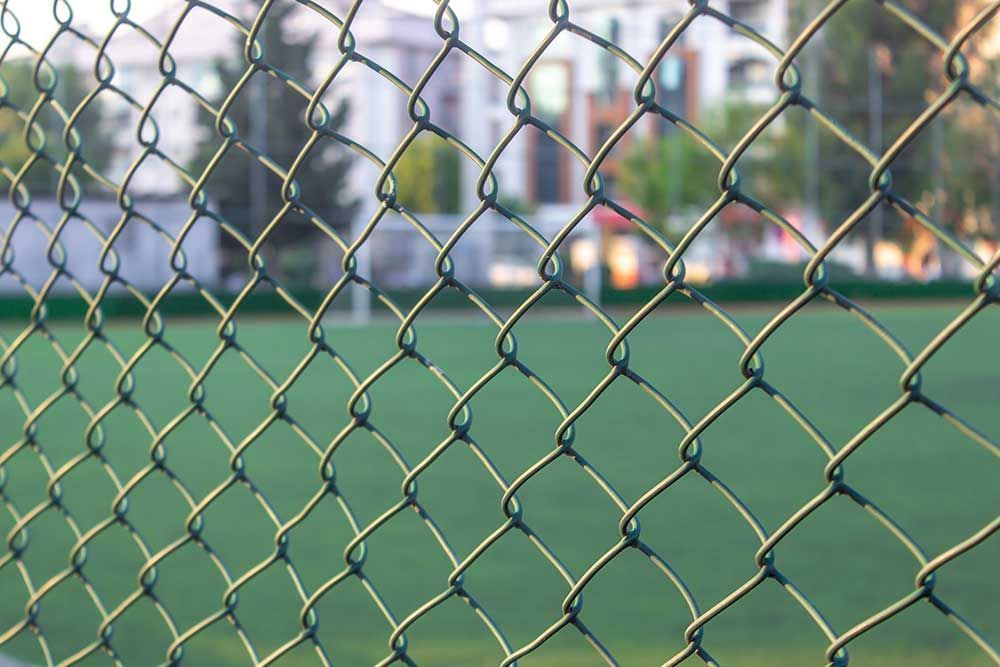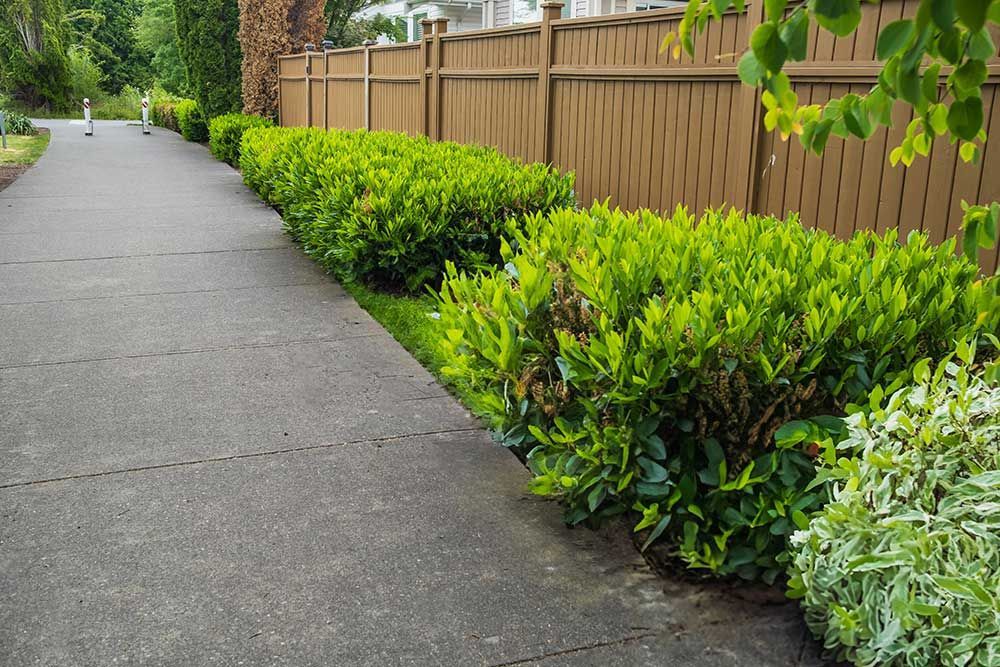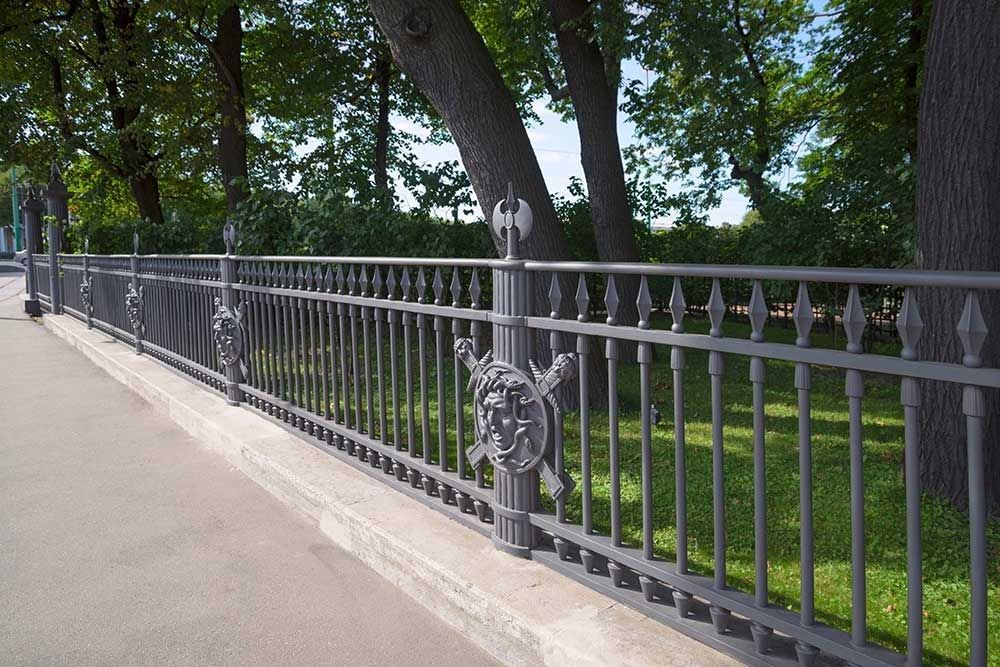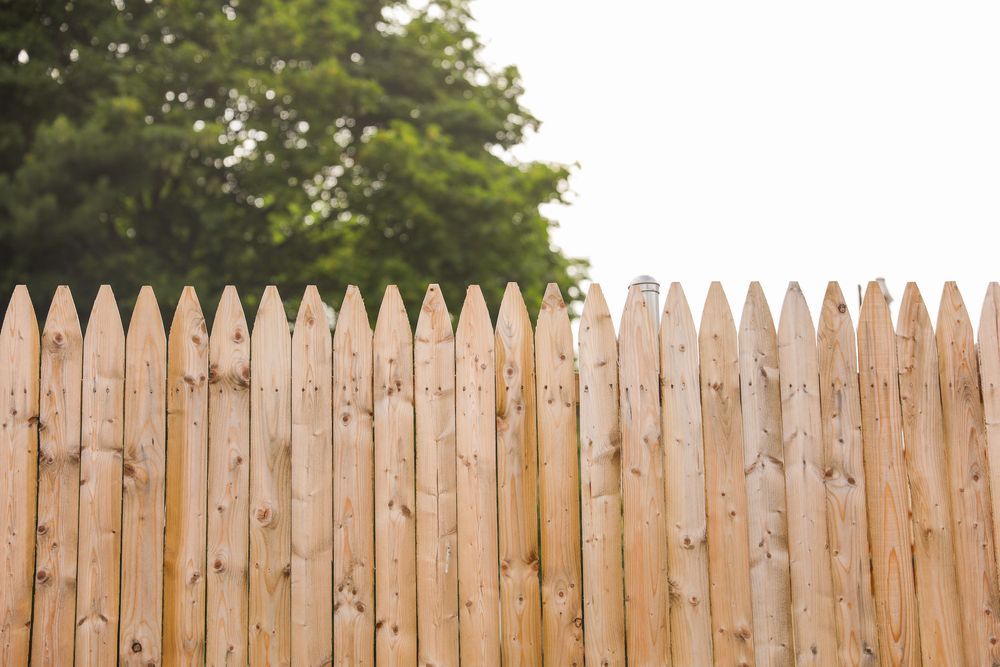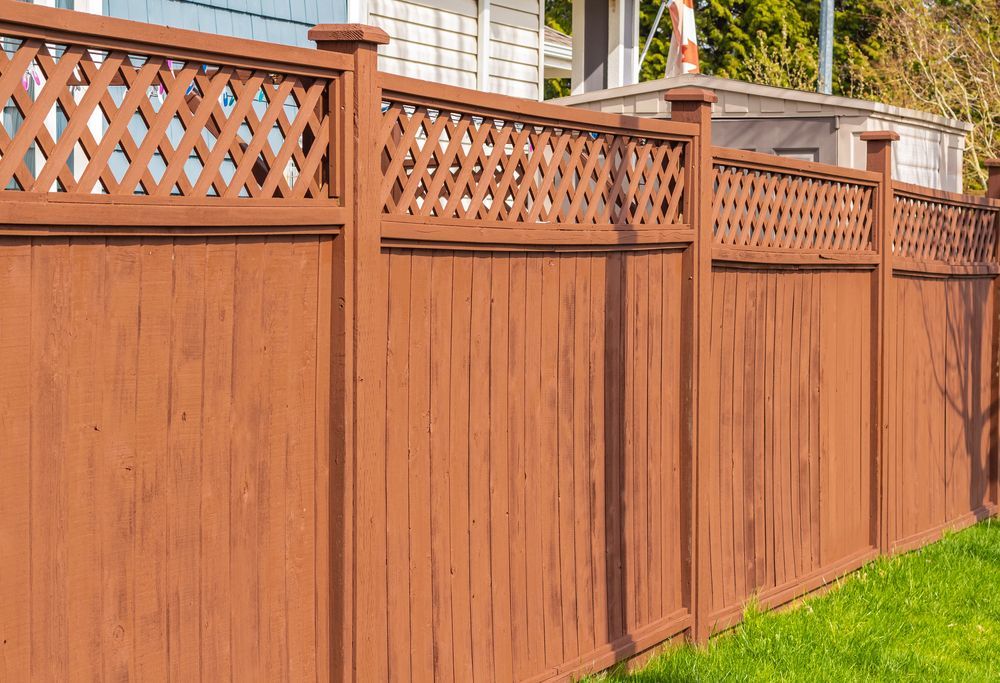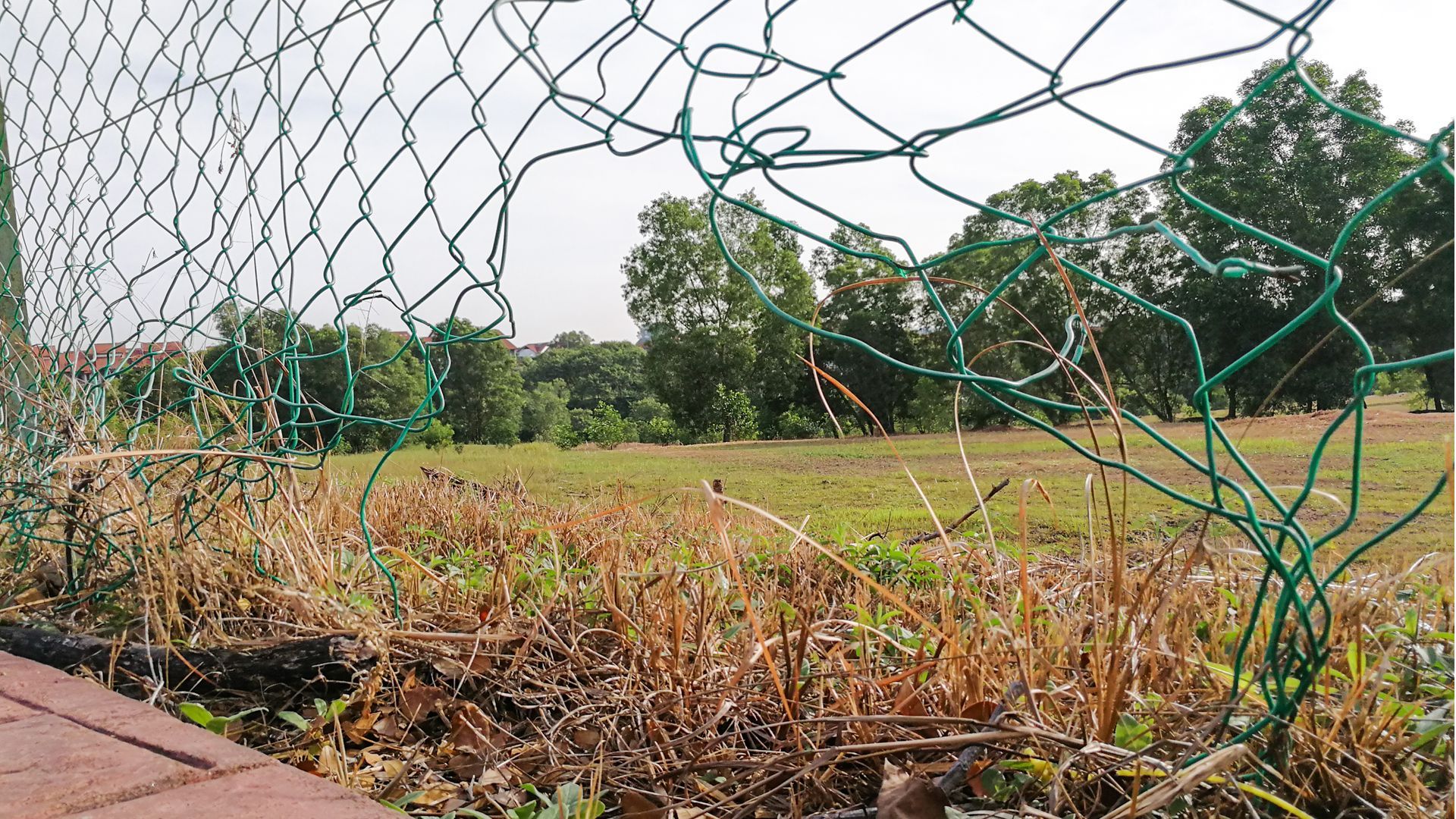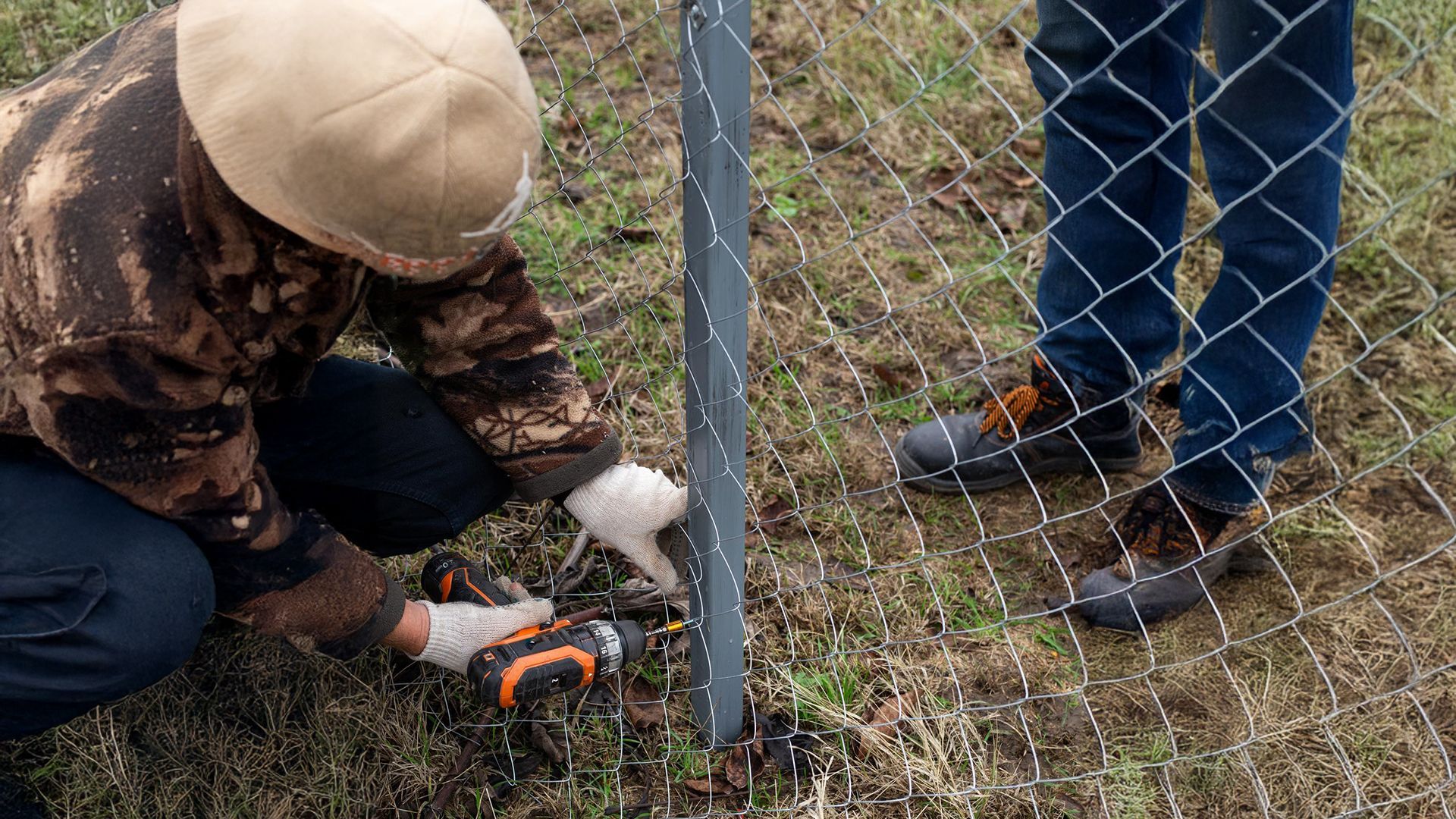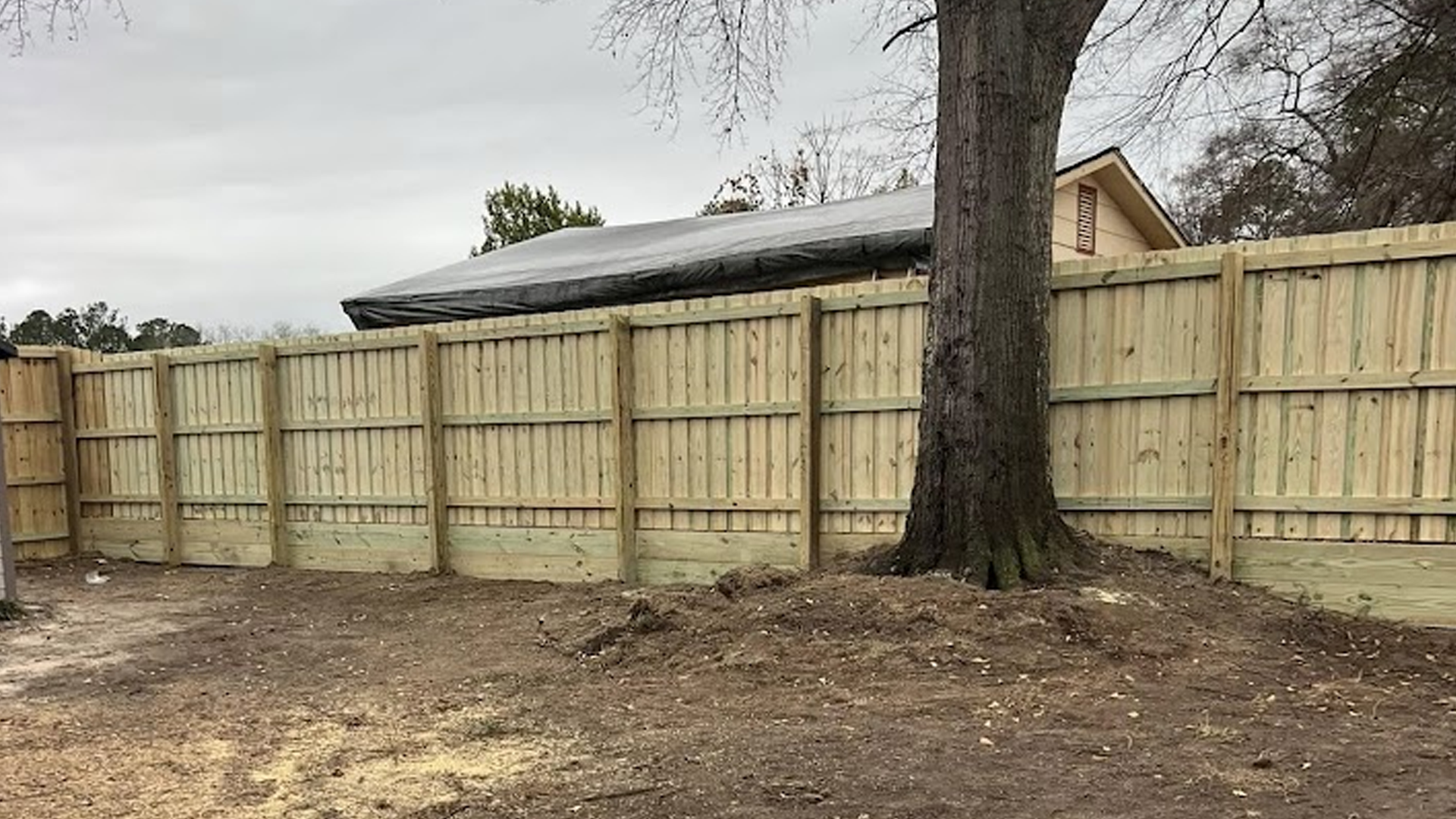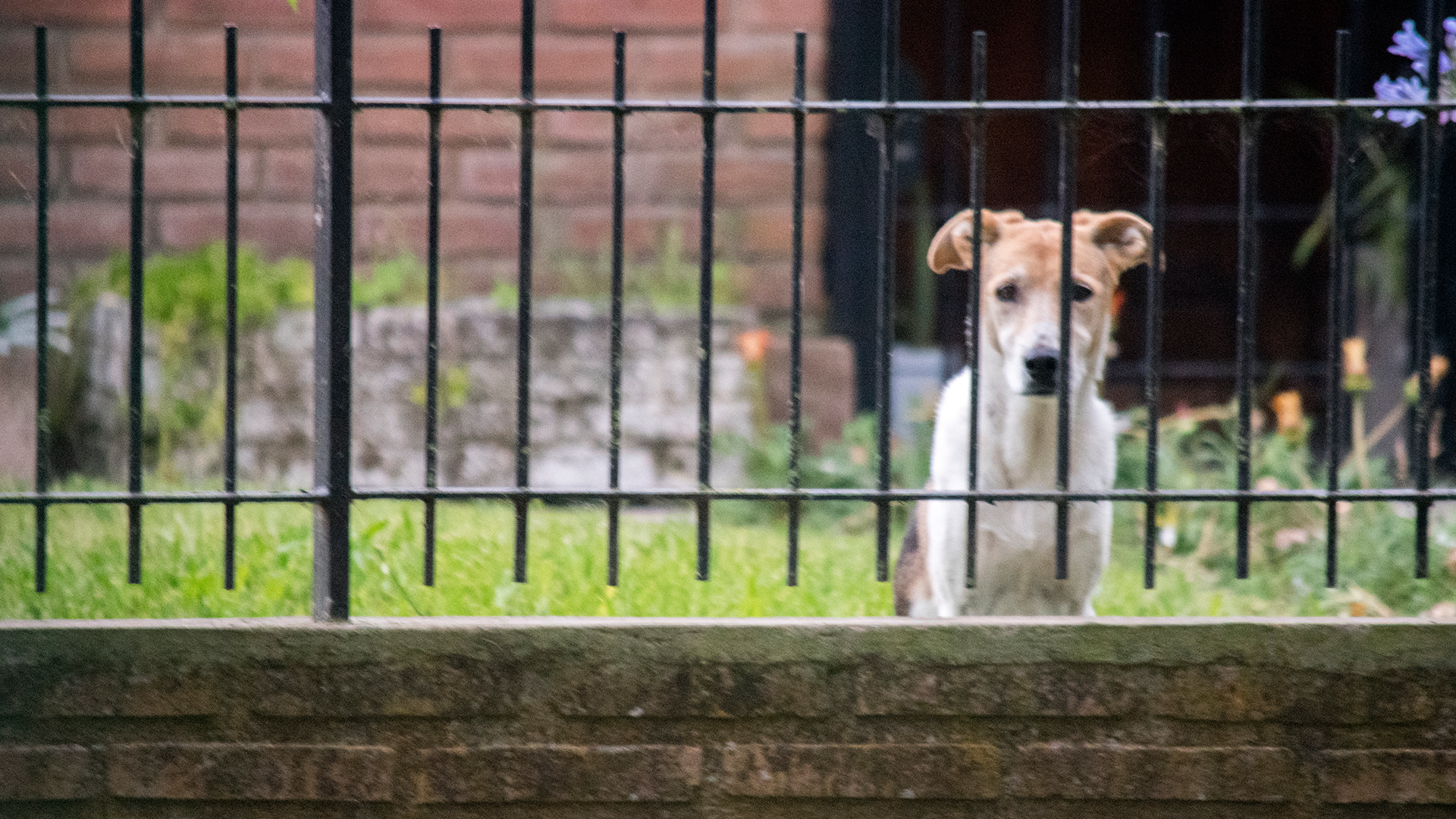How Long Does A Wooden Fence Last?
A well-built wooden fence significantly enhances any property, providing both security and aesthetic appeal for many years. Many homeowners consider a new fence a substantial investment, naturally wondering about its long-term performance and durability. Understanding how long a wooden fence lasts helps property owners make informed decisions about material selection and future maintenance requirements.
Average Lifespan of Different Wood Fence Types
Different wood species exhibit varying degrees of natural resistance to rot and insect damage, directly impacting their average lifespan as a fence. For example, cedar fences often last around 15 to 20 years due to their natural oils and tight grain, which repel moisture and pests. Pine, while more affordable, typically lasts 7 to 12 years unless pressure-treated to enhance its durability against environmental factors.
Redwood also offers excellent longevity, frequently reaching 20 to 25 years or even longer when properly maintained, due to its inherent resistance to decay and insects. Fir and spruce fences typically have a shorter lifespan, often ranging from 5 to 10 years, necessitating more frequent maintenance to maintain their utility. The initial wood choice significantly influences how many years your fence remains strong and visually appealing.
How Weather Conditions Affect Wood Fence Durability
Exposure to various weather conditions significantly impacts the durability and overall lifespan of a wood fence over time. Consistent cycles of wetting and drying, common in many climates, cause wood to expand and contract, leading to cracks and warping. High humidity levels create an ideal environment for mold, mildew, and fungal growth, which accelerate wood decay and weaken the fence structure.
Extreme temperatures also play a role, as intense heat can dry out wood excessively, making it brittle and prone to splitting. Freezing temperatures cause any absorbed moisture within the wood to expand, potentially leading to further cracking and structural damage. Protecting your fence from harsh weather elements directly contributes to its long-term integrity and appearance.
Impact of Wood Species on Fence Longevity
The inherent characteristics of different wood species directly dictate their natural resistance to decay, insect infestation, and overall longevity when used for fencing. Cedar, for instance, contains natural oils that act as fungicides and insecticides, allowing it to withstand harsh outdoor conditions for extended periods without significant deterioration. Redwood also possesses similar natural protective qualities, contributing to its reputation for exceptional durability in various climates.
In contrast, softer woods like pine and spruce lack these natural defenses, making them more susceptible to rot and insect damage unless specially treated. Pressure-treating these less durable species infuses them with chemical preservatives, which dramatically improves their resistance to environmental stressors. Selecting the appropriate wood species for your fence directly influences how well it endures the elements over many years.
Proper Installation Techniques for Maximum Fence Life
Correct installation techniques form the bedrock of a wooden fence's longevity, ensuring its stability and resistance to environmental stressors from the outset. Properly set fence posts, buried at the correct depth and secured with concrete, resist shifting, leaning, and eventual collapse. Using high-quality, galvanized fasteners prevents rust stains and premature deterioration of the wood around attachment points.
Careful alignment of fence panels and proper spacing between pickets allow for natural expansion and contraction of the wood, reducing stress and preventing warping. Proper drainage around the base of fence posts also prevents water accumulation, a common cause of rot and decay at ground level. Investing in professional installation practices protects your fence and significantly extends its functional lifespan.
Importance of Regular Maintenance for Wood Fences
Regular maintenance practices significantly extend the lifespan and preserve the aesthetic appeal of any wooden fence through various seasons. Cleaning the fence periodically removes dirt, grime, mold, and mildew, which otherwise trap moisture against the wood and accelerate decay. Inspecting the fence for loose boards, damaged posts, or signs of insect activity allows for timely repairs before minor issues become major problems.
How Often to Stain or Seal a Wood Fence
Staining or sealing a wooden fence provides a vital protective layer that significantly extends its lifespan and maintains its visual appeal against the elements. The frequency of this application primarily depends on the type of product used, the local climate, and the specific wood species of your fence. Generally, homeowners should plan to reapply stain or sealant every two to three years to ensure continuous protection against moisture and UV damage.
Fences exposed to harsh weather conditions, such as intense sunlight, heavy rain, or significant temperature fluctuations, may require more frequent applications to remain adequately protected. High-quality stains and sealants penetrate the wood fibers, creating a barrier that repels water, prevents mold growth, and minimizes color fading. Regular reapplication of these protective coatings is a key step in maintaining the integrity and beauty of your wooden fence over time.
Signs Your Wood Fence Needs Repair or Replacement
Regular inspection reveals when your wood fence needs attention.
- Rotting Posts: Fence posts exhibiting soft spots, crumbling wood, or significant discoloration near the ground indicate severe rot. This damage compromises the fence's stability, making sections susceptible to falling over, especially during strong winds or storms. Addressing rotting posts quickly prevents further structural failure.
- Loose or Broken Boards: Boards that move freely, have cracks, or are entirely detached diminish the fence's privacy and security. These issues often result from age, weather exposure, or impacts, leaving gaps that allow unwanted access or visibility. Repairing or replacing these boards restores the fence's integrity and appearance.
- Extensive Leaning: A fence that visibly leans to one side suggests compromised post foundations or widespread structural weakness. This condition typically arises from prolonged exposure to moisture, severe wind events, or shifting soil, making the entire fence unstable and a potential hazard. Professional assessment determines the extent of the underlying problem.
- Pest Infestation: Small holes, sawdust trails, or visible tunnels in the wood signal an active insect infestation by termites, carpenter ants, or borers. These pests tunnel through the wood, weakening its internal structure and potentially leading to widespread damage. Early detection and treatment prevent extensive and irreversible harm to the fence.
Extending Fence Life With Protective Coatings
Applying protective coatings stands as one of the most effective strategies for significantly extending the life and preserving the appearance of a wooden fence. Stains penetrate the wood fibers, adding color while also providing protection against UV radiation, which causes fading and graying, as well as moisture penetration. Sealants create a clear, protective barrier on the wood's surface, repelling water and preventing the growth of mold, mildew, and algae.
Both types of coatings help prevent wood from drying out, cracking, splitting, and warping, which are common issues that lead to premature fence deterioration. Regular reapplication of these coatings, typically every two to three years, ensures continuous protection against the elements and significantly reduces the need for more extensive repairs. This proactive approach keeps your fence strong, beautiful, and functional for many years.
When to Replace or Repair a Wood Fence
Deciding whether to repair or completely replace a wooden fence depends mainly on the extent of the damage and the overall condition of its structure. If only a few posts show signs of rot, or if just a section of boards has damage, targeted repairs often suffice. Replacing individual pickets, fixing loose rails, or reinforcing a couple of leaning posts can restore stability and appearance without a full overhaul.
Expert Wood Fence Repair Services in Phenix City, AL from The Fence Doctor
Looking for wood fence repair services in Columbus,GA? Look no further than The Fence Doctor. We provide comprehensive solutions for all your fencing needs, ensuring your property remains both secure and visually appealing.
In addition to our work on residential fences, we also offer exceptional commercial fence installation services. At The Fence Doctor, our team delivers expert craftsmanship and reliable service, enhancing your home's value and curb appeal. Our fences are built to withstand the test of time. Contact us today for a free estimate!

